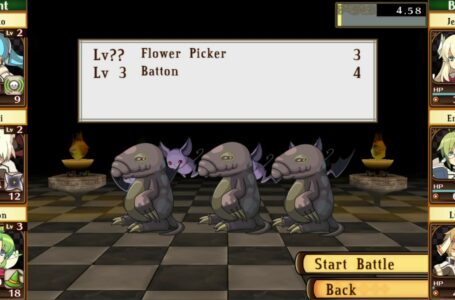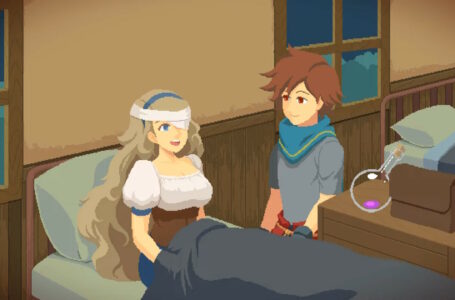BUSTAFELLOWS is almost here – was it worth the wait?
To say that Nippon Cultural Broadcasting Extend Inc. and PQube’s English version of BUSTAFELLOWS is eagerly anticipated is something of an understatement.
Since its original Japanese release in December of 2019, fans of otome games worldwide have been hoping we’d see this one in English. Its beautiful presentation, its memorable characters, its excellent story and its solid “America through Japanese eyes” premise made for a compelling noir mystery. And thus despite Extend’s apparent hesitance to localise the game (on the grounds they supposedly didn’t fully grasp American culture, despite the game providing plenty of evidence to the contrary!), many fans suspected it would only be a matter of time before we saw it in the west.
Well, fast forward to now, and everyone is looking forward to BUSTAFELLOWS’ English release next Friday — July 30, 2021. And we’ve had the good fortune to play it a bit — so for those still umming and ahhing over whether or not to click that “preorder” button, hopefully this will set your mind somewhat at rest.
Because in answer to the headline — yes. Yes, it very much was worth the wait.
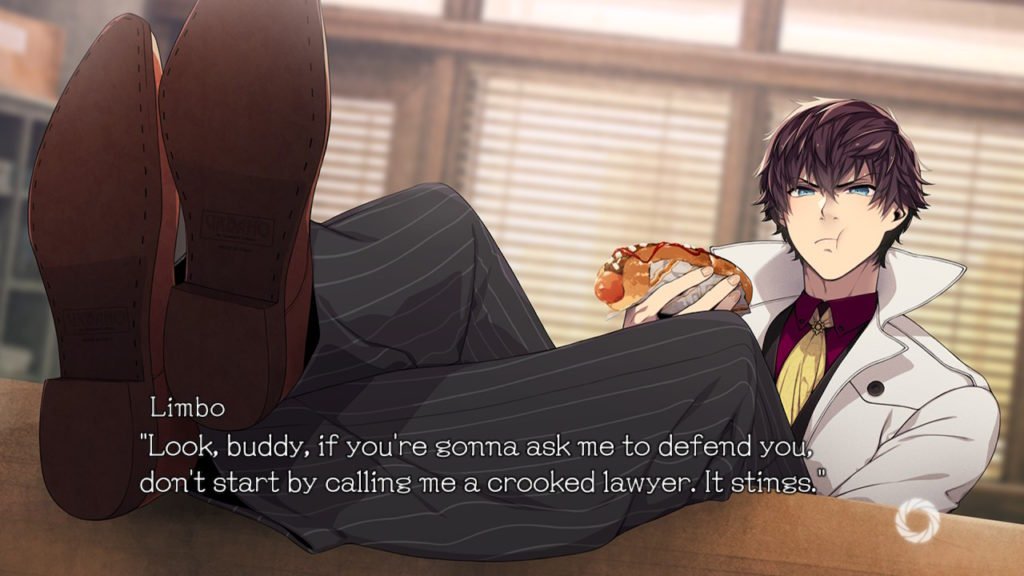
A note of order before we go any further: Extend has politely requested that we don’t talk about or show any screenshots from beyond the first chapter of the game for now, in order that newcomers to the game can enjoy it for themselves. So with that in mind, while there may be some very mild spoilers in what we’re about to discuss, they’re all things that you learn within the first hour or two of gameplay, and relate to the game’s common route rather than character-specific narratives.
Got all that? Let’s dive in.
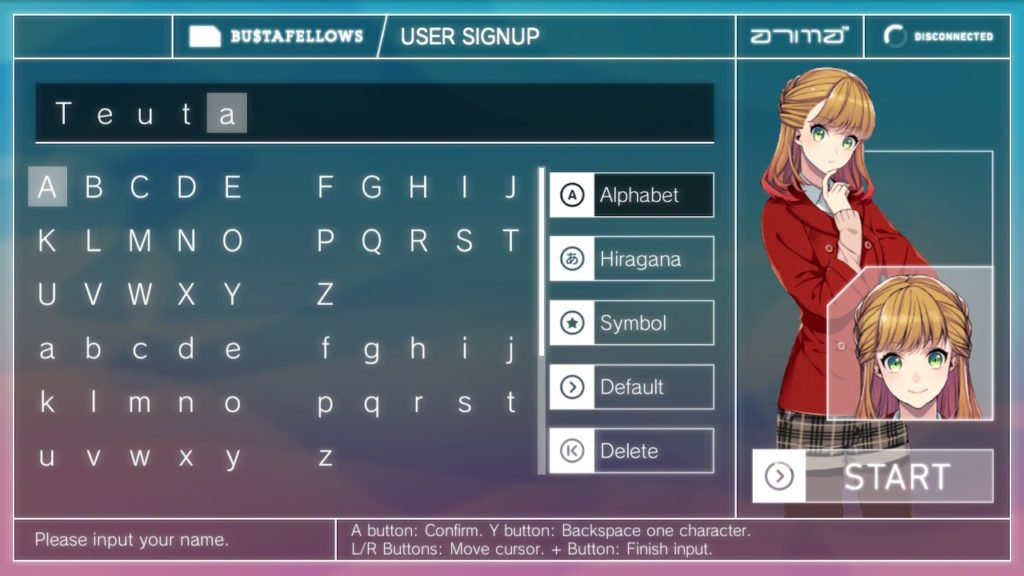
Our heroine in BUSTAFELLOWS is Teuta, a delightfully cute (and fully voiced) young woman in her early 20s. She’s trying her best to make it as a freelance journalist in the fictional (but obviously New York-inspired) American city of New Sieg. To date, she’s picked up a reasonable audience with a regular column in the local newspaper, but feels like she’s struggling to really get her big break and find her own unique angle.
Teuta is experiencing things that will doubtless be familiar to anyone who has ever lived in a big city. Her apartment is falling to pieces, she’s embroiled in a dispute over whether or not she’s liable for renovation costs despite being a tenant rather than an owner, her best friends are a successful local cop and a news anchor-turned-idol, and she’s inadvertently discovered she has the ability to travel back in time.
Wait, what?
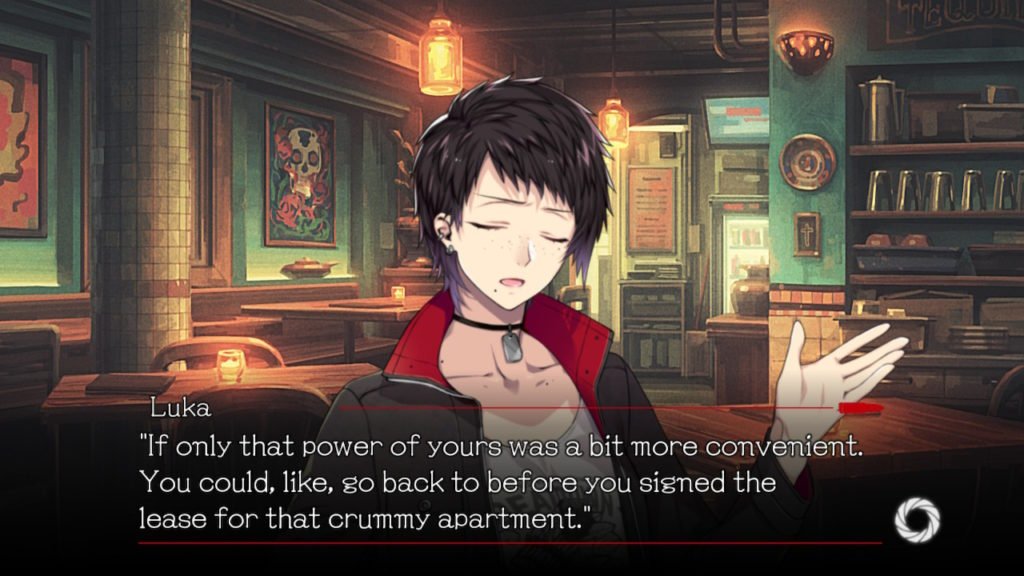
Yes, it wouldn’t be a top-tier otome game without there being something that sets the heroine apart as somehow remarkable, would it? And, indeed, Teuta’s time-travelling ability in BUSTAFELLOWS is certainly right up there with Code: Realize’s poison-skinned Cardia in terms of interesting possibilities — particularly as there are some inconvenient limitations on her power.
Most notably, she’s only able to go back a few minutes or hours at most — and secondly, when she does so, she inhabits the body of another person rather than going back “as herself”. And so it is that in the introductory scene of the game, we hear a man’s voice speaking as Teuta warning the notorious and famous “crooked lawyer” Limbo Fitzgerald of his impending demise. And from there, things get… interesting.
Teuta finds herself inadvertently initiated into the ranks of Limbo’s group of “fixers” — a group of men from all walks of life who get things done when law and society are unwilling to do so. In their words, they decide what is right and what is wrong — and they do something about it. Fascinated by the group’s desire to build a better society — which isn’t entirely altruistic, since they’ve managed to become filthy rich in the process of their “fixer” work — Teuta agrees to help them, perhaps by using her power when necessary.
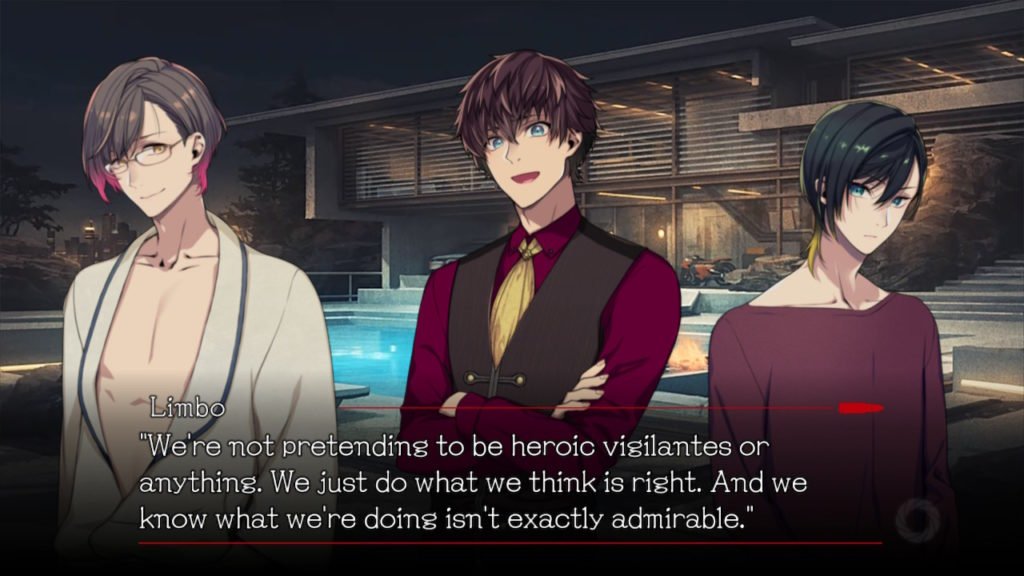
Not that she really has a choice; the circumstances of her introduction to the group cause her new boyfriends to become immediately suspicious of where her true loyalties lie, and as such they insist on keeping her around as much to keep a watchful eye on her as to have her help out with their “work”.
So that’s the basic premise; to talk any further about the narrative would be to get into spoiler territory, so let’s instead take a look at the technical and aesthetic side of BUSTAFELLOWS.
The game is beautifully presented, particularly from a visual perspective. It’s one of those games that immediately stands out with its visual presentation — and is immediately recognisable as a result.
While the character sprites lack the increasingly popular Live2D or E-Mote animation found in many other visual novels, they’re well-drawn and detailed, with their vibrant and bright colours contrasting nicely with the distinctly dark-coloured “noir” backdrops. Blinking and talking animations as well as multiple poses help add some life to the otherwise static sprites.

The backgrounds are wonderfully detailed, eschewing photorealism or the ever-popular “run a photo through the Oil Painting filter in Photoshop” in favour of a distinctly stylised look that wouldn’t look out of place on the cover of a 1940s pulp novel or a movie poster.
What makes them really stand out, though, is the fact that many of them are animated. In BUSTAFELLOWS’ “definitely not Times Square” location Central Core, for example, the constant feeling of life in the area is emphasised by a busy backdrop of constantly moving and updating neon and digital signs. Whenever we see a far-off shot of the city from a distance, we can see trains, cars and aircraft as well as lights in the buildings going on and off, smoke rising from chimney stacks and all manner of other detail. And as you progress, plenty of other interesting locales are complemented with similar such details.
Even the more static scenes in BUSTAFELLOWS make excellent use of lighting and colour to stand out and be distinctive; there are no backgrounds in this game that feel like they were just quickly thrown together from stock assets — likewise, the game’s gritty modern-day urban setting will be a refreshing change from those seeking a change from school or college campus environments in their visual novels.

Even better, certain important scenes in the game are highlighted by fully animated video sequences quite unlike anything you’ll have seen in most other otome titles out there. And rather opt for a potentially jarring shift to full-on “anime” for these sequences, they feature seamless transitions from the in-game art to the animation, keeping the game’s delightful sense of style completely intact in the process.
Sound is good, too, with an all-star Japanese voice cast representing the main cast. It’s a particular pleasure to hear that Teuta herself has a voice; it helps her feel less like a self-insert and more like a well-realised character in her own right. Which is eminently fitting for a game like this; although we watch most of the action unfold from Teuta’s perspective and “ride along” in her head as she contemplates the various situations in which she finds herself, she has her own story to tell, and her own motivation for getting involved in the game’s narrative.
This is clear from the outset, and it really helps BUSTAFELLOWS to stand out as an interactive narrative in which potential romance takes something of a back seat to the “thriller” narrative in the foreground.
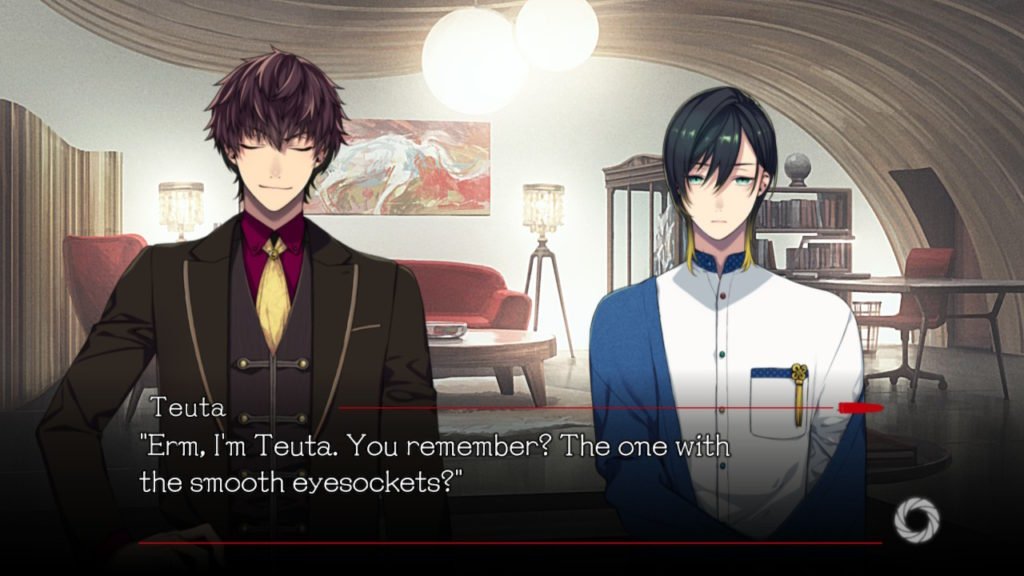
One audio-related aspect worthy of note with regard to BUSTAFELLOWS’ localisation is that the original presentation of the game features sequences where characters start talking in audio only before a scene transition is completed; these voiced lines did not have subtitles in the original Japanese version, and likewise do not in the localised edition.
Thankfully, quickly popping up the backlog reveals a full translation of what was just said, meaning that you never “miss out” on part of a conversation due to the game’s deliberate stylistic choices. It might have been nice to have the subtitles on screen while the line was spoken in the English version, but you soon get used to doing things this way; those initial, transitional lines tend to be used more for atmospheric scene-setting than being the most important part of the conversation, anyway.
The interface looks great, being based on the high-tech “Anima” computer system that the character Scarecrow uses — and acting as a fun juxtaposition with Teuta’s resolute reliance on her distinctly analogue notebook. Navigating the menus is an absolute pleasure due to the stylised interface with all its computery beeps and burbles, but the game never sacrifices usability in the name of style; everything is kept clear and easy to use.
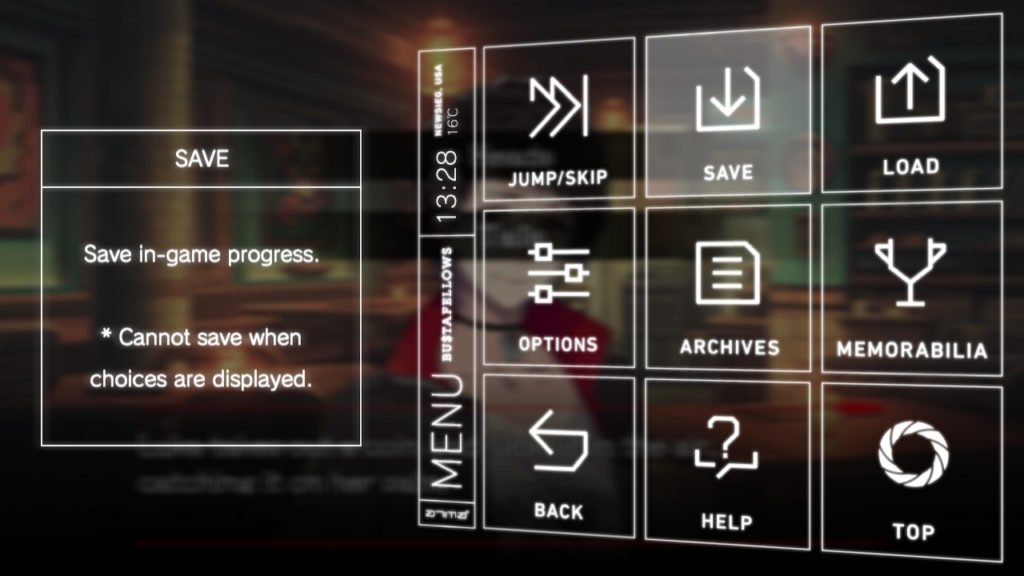
Some players of the original Japanese version of BUSTAFELLOWS found the game’s “Skip” function to be a bit slow even on its fastest setting thanks to the fact that it doesn’t skip over scene transitions or sound effects, and that is still true to an extent here — that said, this is a matter of taste, and the speed at which it goes allows you a bit of a “refresher” on what happened in earlier scenes without having to actively read or listen to the full voice lines.
The original Japanese version of BUSTAFELLOWS also drew some criticism for its auto-advance mode leaving a noticeable gap after every voiced line, leaving dialogue feeling a little disjointed for those who prefer the “hands-off” approach. At the maximum speed in the English version, this doesn’t appear to be an issue — the voiced line ends, the text advances as you would expect, but you can slow it down if you so desire.
As with many other otome titles, BUSTAFELLOWS features an “archive” section where you can refer back to specialist terminology used throughout the game as well as pulling up character and location profiles, news reports and the like. These are sorted chronologically in terms of when they first came up in the game’s narrative rather than alphabetically; a search, sort and/or filter system would have been welcome, but as it stands the archive is generally best used as supplementary reading material “in the moment” rather than as a true “reference library” of sorts.
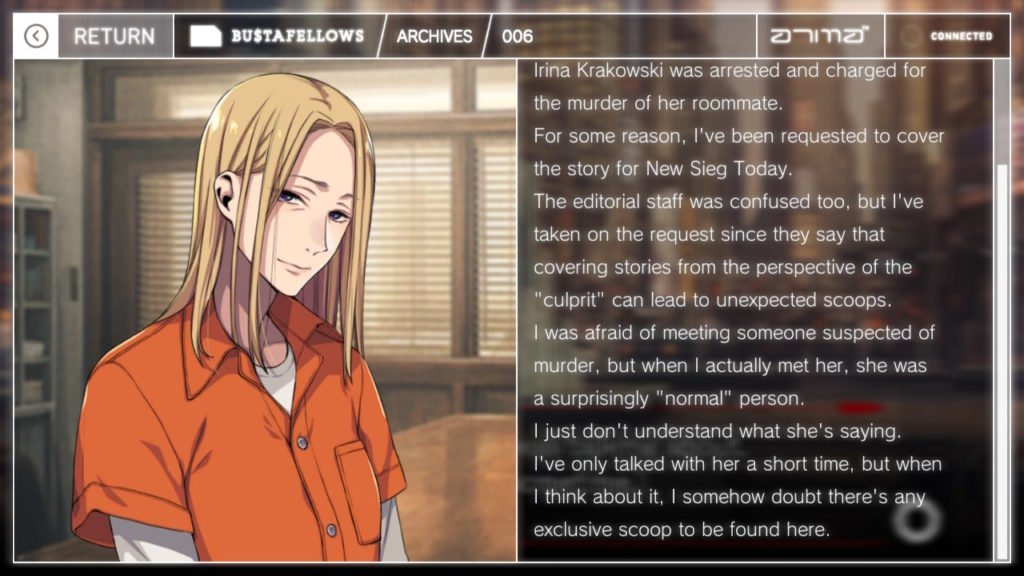
BUSTAFELLOWS also features an achievement system known as Memorabilia; this acts both as a means of celebrating your accomplishments in the game, and also as a useful checklist of what else you should try in order to complete all the game’s possible routes and additional content. If you’re not sure what the “right” choice is for a particular moment, it’s worth taking a look at the Memorabilia menu; you might just find a handy hint.
And there’s certainly plenty to do in the game. Not only are there a bunch of different routes to explore that correspond to all the main characters, there are also a number of additional “Truth” routes to explore after you’ve seen the “main” endings.
All in all, BUSTAFELLOWS should keep you very busy for upwards of 50 hours depending on your reading speed — and it’s a consistently enjoyable ride along the way, offering a delightful blend of light-hearted tomfoolery when the occasion demands it, and some seriously high-stakes action when things get real.
With its very likeable cast, distinctive and memorable heroine, beautiful presentation and compelling narrative setup, BUSTAFELLOWS should be on the shopping list of every visual novel enthusiast — not just otome fans.
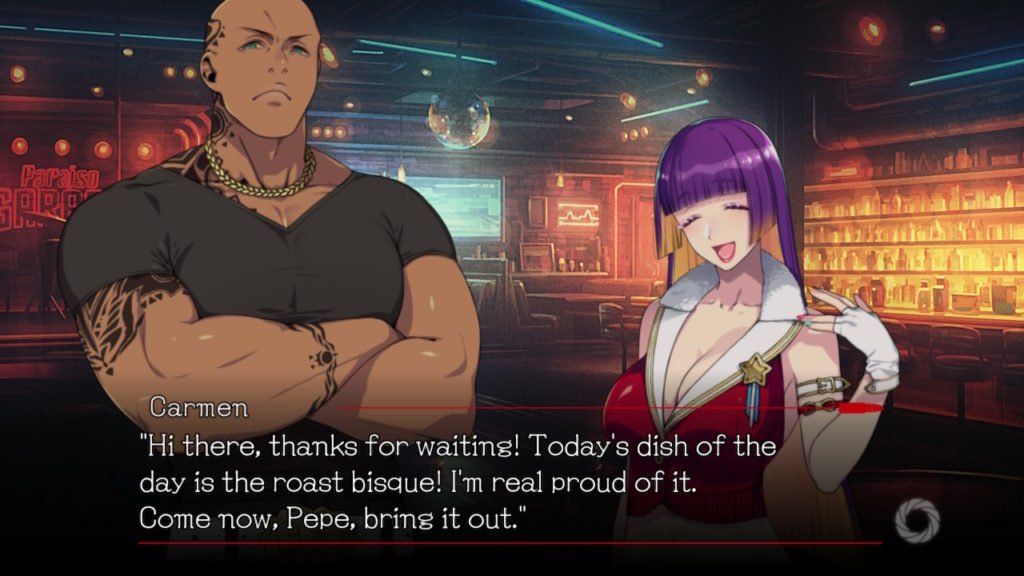
So to reiterate the answer to the headline: yes, it very much was worth the wait.
You can preorder a lovely limited edition of BUSTAFELLOWS for Nintendo Switch or PC from our friends at Funstock — get in quick, though, as there’s only a few left at the time of writing!
Join The Discussion
Rice Digital Discord
Rice Digital Twitter
Rice Digital Facebook
Or write us a letter for the Rice Digital Friday Letters Page by clicking here!
Disclosure: Some links in this article may be affiliate links, which means we may earn a small commission if you make a purchase after clicking on them. This is at no additional cost to you and helps support Rice Digital!
- Letter from the Editor: passing the torch - June 30, 2023
- Super Woden GP 2 is looking promising - June 30, 2023
- Inti Creates is making a 32 bit-style Love Live action platformer - June 26, 2023




